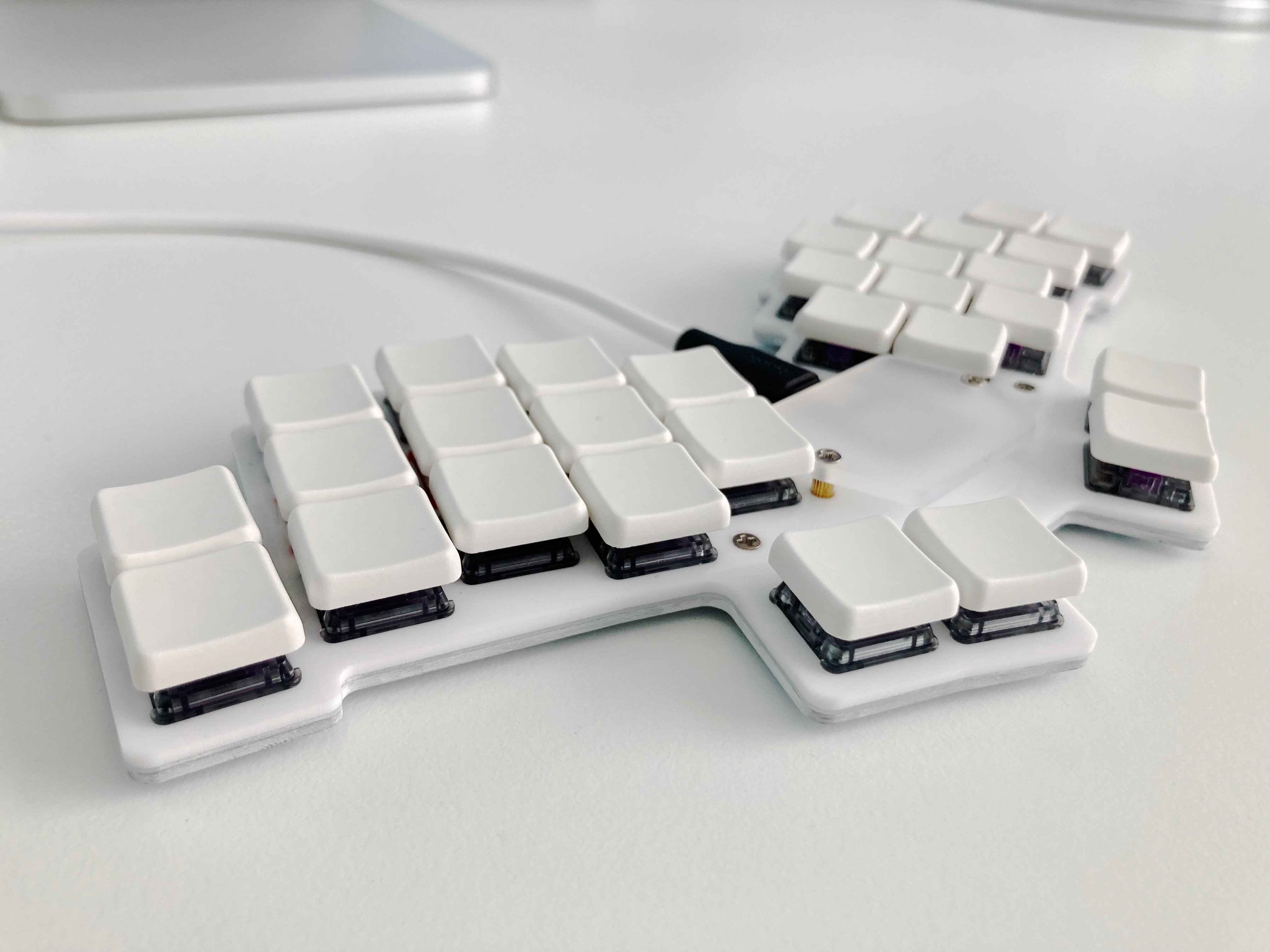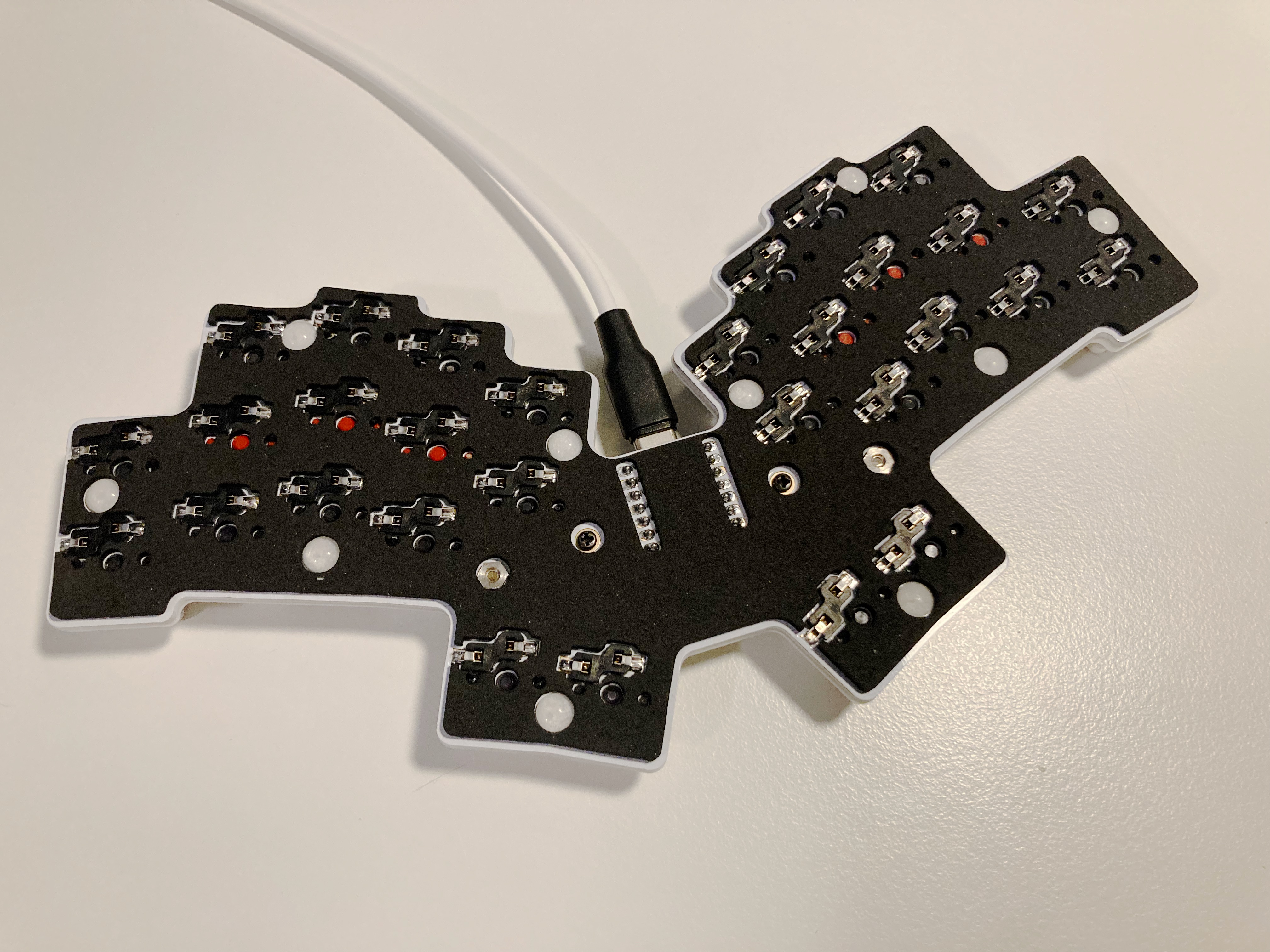The bums will always lose, do you hear me Lebowski??
crankin
I say this as someone who's fully in the weirdo zone, currently typing this from a 30-key board of my own invention with a strange layout: I don't think going beyond something like a Microsoft Natural keyboard will do a whole lot for rsi. Don't get me wrong, it's fun and it does help! But realistically I think you hit diminishing returns pretty quickly.
In my experience, most bouts of typing pain that I've encountered in two decades as a professional software developer have ultimately been caused by myofascial issues in my arms, shoulders, and neck. The muscles in your upper back and neck can shoot pain, tingling, and numbness down your arms, hands, and fingers, far away from where the actual problem is. For example your scalene muscles in the base your neck, which can get tight from sitting with raised tense shoulders, can cause pain and numbness in your wrist, thumb, and index finger. Ditto with your infra- and supraspinatus muscles in your upper back. No amount of wacky layouts and homerow mods will correct that, but getting a deep tissue massage (or better yet, learning to do it yourself) will.
As nerdy people living in a consumer culture, I think it's natural to want to search for a technical solution or a product to buy, and certainly having equipment that allows you to work in a comfortable and relaxed posture is important, but learning about the body and how to do some basic muscle maintenance will likely serve you better than waffling between 30g vs 35g springs in your switches.
Now that being said, I do have a messed up joint in one of my thumbs from a few too many skateboard crashes, and it does not bend in certain directions. Keyboards with very "tucky" thumb clusters or too heavy a spring on that switch are painful to use, and changing to a board that more naturally accommodates that injury absolutely does help.
I have successfully driven a chain of RGBs from a Xiao controller, although not running ZMK. One thing you could do is write a little Arduino program to just drive the RGBs, and that will let you isolate whether it's the hardware or ZMK.
One easy thing to check on the hardware side: Are you running the power to the RGBs at 5v or 3.3V? The logic voltage of the Xiao is 3.3v, so you either need to power the RGBs from the 3.3v pin (out of spec but it will work fine, probably) or if you are powering the RGBs from 5v then you need to shift the voltage level of the data pin up from 3.3v to something closer to 5v. The RGBs compare the voltage on the data line to their power voltage to decide what's a 1 vs 0 on the data line. 3.3v is low enough below 5v that the RGBs will interpret the digital signal as entirely 0s




Wow, this is so well done. I really appreciate the attention to detail and how you went the extra mile to really make it look good.